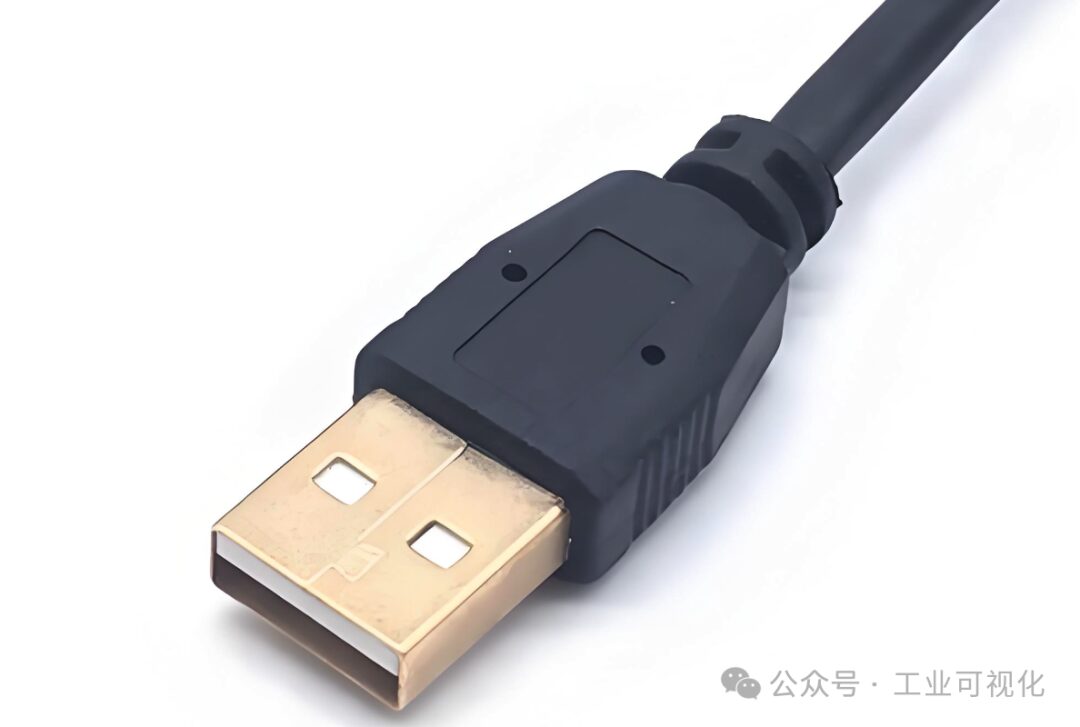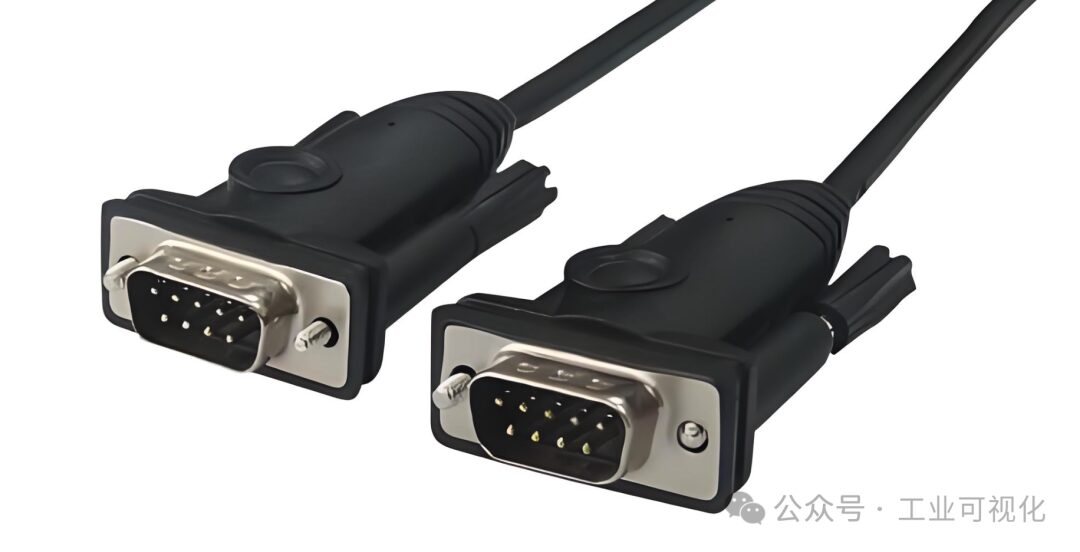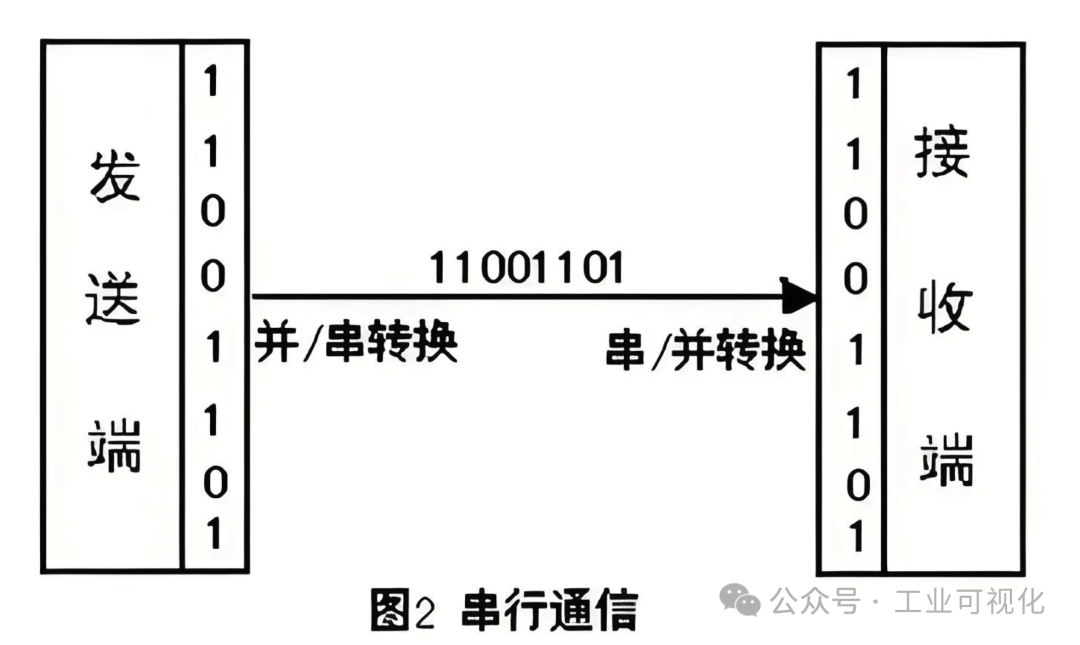What Is USB?

USB is a universal serial bus interface standard used to connect computer systems and external devices for data transmission and power supply.
-
Advantages:
-
High-Speed Transmission: The USB interface provides high-speed data transfer rates, suitable for quickly transferring large volumes of data. -
Hot Swappable: USB devices can be plugged and unplugged while the device is running without needing a reboot. -
Power Supply Function: The USB interface can provide power supply for external devices or charging. -
Wide Application: USB interfaces are widely used in various devices, such as computers, external storage devices, keyboards, mice, etc. -
Disadvantages:
-
Communication Distance Limitations: USB typically has a limited transmission distance, usually a few meters. -
Non-Peer Protocol: USB communication is host-driven, with devices passively accepting control, unable to communicate directly with each other. -
Complexity: The USB protocol stack is relatively large, which can lead to certain complexities.
What Is RS-232?

RS-232 is a serial communication standard used for data transmission between computers and external devices.
-
Advantages:
-
Longer Communication Distance: RS-232 supports longer communication distances, suitable for scenarios requiring long-distance data transmission. -
Peer Communication: RS-232 is a peer protocol, allowing direct communication between devices. -
Stability: RS-232 communication is stable and reliable, suitable for applications with high communication quality requirements. -
Disadvantages:
-
Slower Transmission Speed: RS-232 transmission speed is not as fast as USB, making it unsuitable for high-speed requirements. -
Complex Connections: RS-232 connections require more signal lines, making configuration and setup relatively complex. -
Non-Hot Swappable: Connecting via RS-232 usually requires a reboot or manual disconnection of the device.
Since USB is So Popular, Can It Directly Replace RS-232 Serial Ports?

When using USB to RS-232/RS-485 products, I wondered: since USB technology is widely used in daily life, why not consider directly using USB to replace RS-232 and RS-485, which are relatively complex communication protocols? Wouldn’t that be more convenient and faster?
First, we must keep in mind the requirements for communication distance. The range of USB communication is quite limited, only 5 meters; while RS-232 can reach up to 15 meters, and RS-485 can even reach 1000 meters.
Secondly, we need to note that USB is not a peer protocol; all requests must be initiated by the host, and devices can only accept control passively. In contrast, RS-232 is a peer protocol, where communication often requires peer-to-peer communication, similar to the Ethernet protocol we are familiar with.
Therefore, USB is more suitable for short-distance data exchange between devices, while RS-232/RS-485 is more common in the communication industry. This indicates that USB cannot completely replace the position of RS-232/RS-485.
Conclusion
-
1.Limited Communication Distance: The USB communication range is too short, with weak anti-interference capability, only 5 meters, while RS-232 communication can reach 10 meters, and RS-485 can reach 1000 meters. -
2.Peer Communication Issues: USB is not a peer protocol; the host must initiate requests, and devices can only accept control, making direct communication between devices impossible. In contrast, RS-232 is a peer protocol, more aligned with communication business needs. -
3.Protocol Stack Issues: The large USB protocol stack is one factor, but not the main issue. The Ethernet protocol stack is also large but is widely used in the communication industry. The essential reasons lie in the requirements for communication distance and peer communication.
Thus, while USB is widely used in daily life, it cannot fully replace the position of RS-232/RS-485 in the communication industry. In terms of communication distance and peer communication requirements, RS-232/RS-485 still has its irreplaceable aspects.